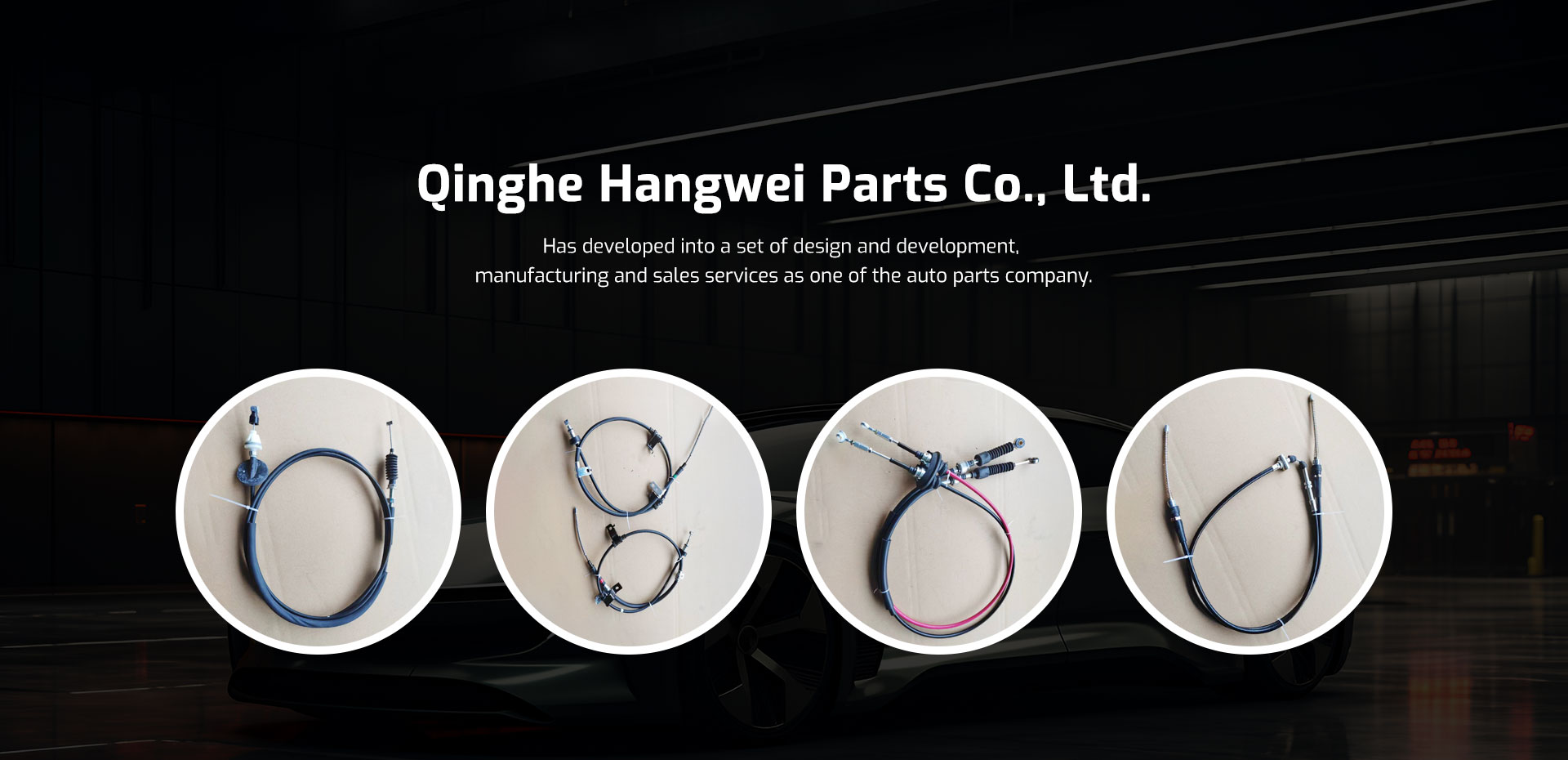handbrake cable snapped
Understanding Handbrake Cable Snapping Causes, Consequences, and Solutions
The handbrake, also known as the parking brake, plays a vital role in ensuring vehicle stability when parked. When you pull the handbrake lever, it engages the brake mechanism, locking the rear wheels and preventing the car from rolling. However, a snapped handbrake cable can lead to serious safety issues and inconvenience. Understanding the causes, consequences, and solutions related to handbrake cable snapping is essential for every vehicle owner.
Causes of Handbrake Cable Failure
Handbrake cables can snap due to various reasons. One of the primary causes is wear and tear over time. Just like any mechanical component, cables can experience fatigue from repeated use. Given the significant tension they endure, especially in moments of sudden braking or when engaged on a steep incline, it's natural for the cables to lose strength eventually.
Another common reason for cable failure is corrosion. Many vehicle components are susceptible to rust, particularly in areas with harsh weather or high humidity. If the handbrake cable is coated with moisture or exposed to salt, it can deteriorate more quickly. Vehicle owners often overlook this aspect, but regular inspections can help identify early signs of damage.
Improper installation or adjustment of the handbrake system can also lead to premature cable snapping. If the cable is too tight or incorrectly routed, it may rub against sharp edges or other components, leading to fraying. Therefore, ensuring that any installation or adjustment is done correctly is crucial for the longevity of the handbrake cable.
Consequences of a Snapped Handbrake Cable
The immediate consequence of a snapped handbrake cable is the inability to secure the vehicle while parked. This can be particularly dangerous if the vehicle is parked on a slope. In worst-case scenarios, a car without a functioning handbrake may roll away, posing a significant risk to pedestrians, other vehicles, or property.
handbrake cable snapped

Additionally, in the event of an emergency where the driver intends to rely on the handbrake to slow down or stop the vehicle, a snapped cable can lead to catastrophic situations. It’s essential for drivers to recognize that the handbrake is not just for parking; it can also be a vital tool in emergency scenarios.
Solutions and Preventive Measures
Preventing handbrake cable snapping begins with regular maintenance. Vehicle owners should periodically inspect their handbrake cables for signs of wear, fraying, or corrosion. If any issues are detected, it’s crucial to address them promptly, as proactive measures can save time, money, and significant safety risks.
In cases where the cable has already snapped, it’s advisable to consult a professional mechanic for a proper replacement. Attempting to replace or repair the handbrake cable without the necessary expertise may lead to further complications or safety hazards.
Lastly, proper vehicle storage and avoiding parking on steep inclines when possible can reduce the strain placed on the handbrake system, prolonging its lifespan and functionality.
Conclusion
A snapped handbrake cable can have serious implications for vehicle safety. By understanding its causes, recognizing the potential consequences, and taking preventive measures, vehicle owners can minimize risks and ensure that their handbrake system remains reliable. Regular maintenance, attention to signs of wear, and professional assistance when needed are key components in safeguarding one of the essential features of vehicle operation.
-
Workings of Clutch Pipe and Hose SystemsNewsJun.04,2025
-
The Inner Workings of Hand Brake Cable SystemsNewsJun.04,2025
-
The Secrets of Throttle and Accelerator CablesNewsJun.04,2025
-
The Hidden Lifeline of Your Transmission Gear Shift CablesNewsJun.04,2025
-
Demystifying Gear Cables and Shift LinkagesNewsJun.04,2025
-
Decoding Clutch Line Systems A Comprehensive GuideNewsJun.04,2025
